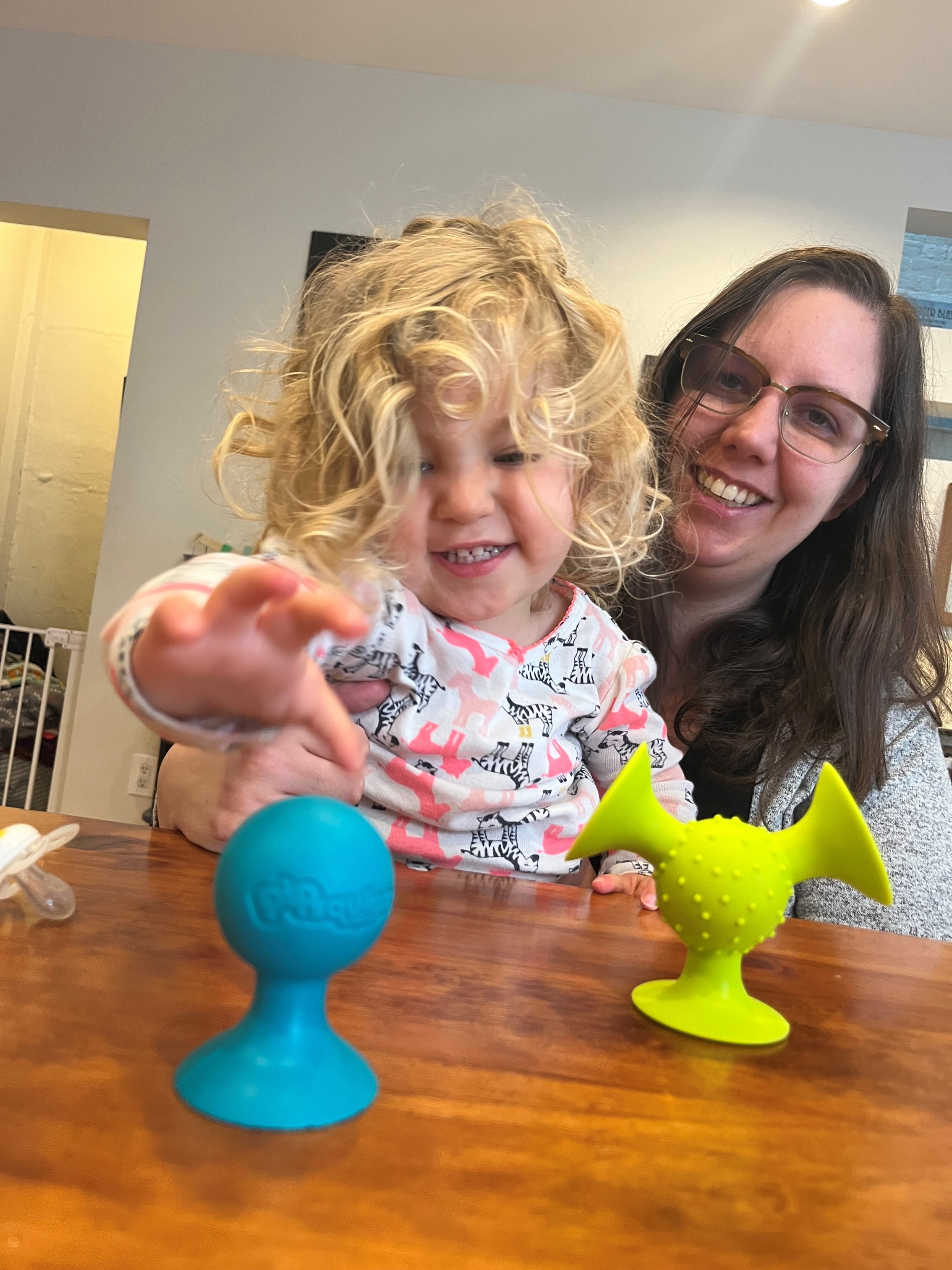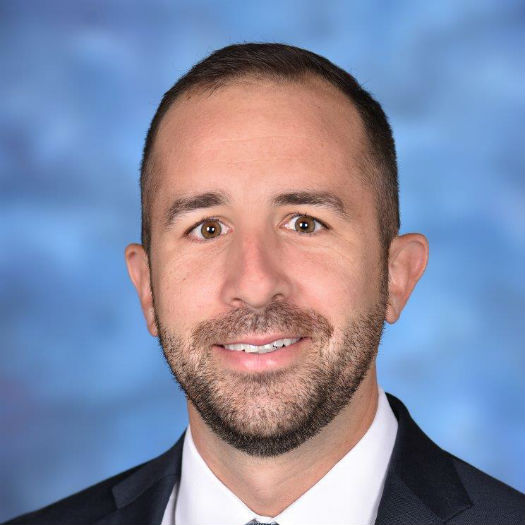
Thumbs for Elly

Elly’s condition is a congenital difference called bilateral thumb hypoplasia. Experts at the Rare Disease Institute at Children's National Hospital offered help, information and hope. That it occurred on both sides of her body indicated the condition might be the result of a genetic syndrome which might also cause major health concerns. These could include rapid organ or bone marrow failure.
Christina Grant, MD, PhD, a medical geneticist and her team began a series of testing to identify potential underlying conditions. "My biggest concern was making sure that Elly didn't have a scary genetic condition,” Dr. Grant says. “Finding a reason for the difference could also give us an idea of recurrence risk both for Elly’s parents and for Elly in future if she has her own children.”
The team first checked genes likely related to hypoplasia, then moved on to more comprehensive testing. Elly was negative for known genetic disorders, but the question remained: what caused the defect and did any related concerns exist? Dr. Grant suggested Elly take part in an ongoing clinical trial at Children's Pediatric Mendelian Genomics Research Center. Investigators would study her entire genome, a level of examination possible only through research.
The genetics team also referred Elly’s family to the Plastic and Reconstructive Surgery Team at the hospital’s main campus, and primary care at a Children’s National location within walking distance of their home. “The coordinated care made us feel so much more confident,” says Kourtney, Elly’s mom. “Everyone shared information. Everyone cared about us."
Gary Rogers, MD, MBA, MPH, division chief of Plastic and Reconstructive Surgery explained the benefits of pollicization surgery. The complex operation would transplant Elly’s index fingers to become her thumbs. This would dramatically increase her hands’ mobility.
When Elly was 18-months old, Dr. Rogers and Joseph Letzelter III, MD, an orthopaedic surgeon, performed the 6-hour operation. "They worked on one hand together and then the other,” Kourtney says. “They were a confident, compassionate team.”
Elly went home the next day in matching blue casts. Soon she was scaling playground equipment again. “She can do anything; she can pick up anything,” Lee says. “And as a future mountain climber, she very much needs her thumbs.”
Elly's Care Team Departments
Promo People - Care Team


Be the Reason a Child Smiles
Every day at Children’s National Hospital, lives are changed through compassionate care and groundbreaking discoveries. Your charitable donation helps us deliver expert treatment and hope to thousands of children and families.
Meet the patients whose stories inspire us—and see the difference your support makes.









